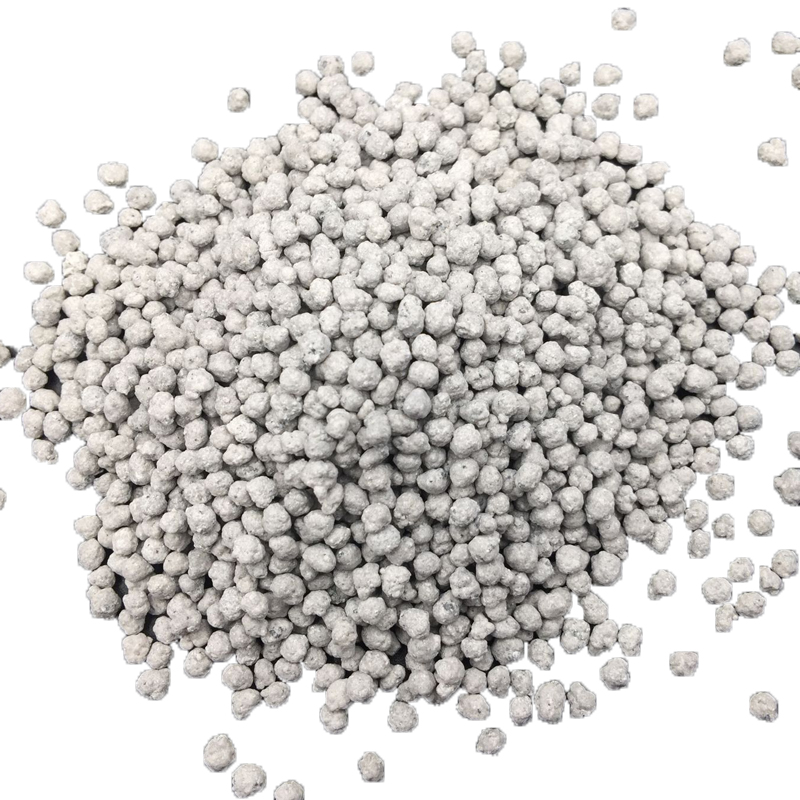
10 月 . 17, 2024 10:29 Back to list
Exploring Different Types of NPK Fertilizers for Effective Plant Growth
Understanding NPK Fertilizer Types A Comprehensive Guide
NPK fertilizers are essential tools in modern agriculture, providing crucial nutrients that plants require for healthy growth. The acronym NPK stands for Nitrogen (N), Phosphorus (P), and Potassium (K), which are three primary nutrients pivotal for plant development. Each of these elements plays a unique role in plant health, and understanding their functions can help farmers and gardeners make informed decisions about fertilization.
The Role of Each Nutrient
1. Nitrogen (N) Nitrogen is vital for the growth of plants as it is a crucial component of amino acids, the building blocks of proteins. It plays a significant role in leaf and stem development, promoting lush, green foliage. A lack of nitrogen can result in stunted growth and yellowing of leaves, a condition known as chlorosis. Farmers typically seek nitrogen-rich fertilizers during the early stages of plant growth to enhance leaf development.
2. Phosphorus (P) Phosphorus is critical for the development of roots, flowers, fruits, and seeds. It is involved in energy transfer within the plant, particularly in the form of ATP (adenosine triphosphate). Adequate phosphorus levels are essential during the flowering and fruiting stages of plant growth. A deficiency in phosphorus can lead to poor root development and low yields, as plants may struggle to produce flowers or fruit effectively.
3. Potassium (K) Potassium is often referred to as the regulator of various physiological processes in plants. It helps in photosynthesis, water regulation, and enzyme activation, contributing to overall plant health and disease resistance. Potassium is crucial during the flowering and fruiting stages, as it promotes the quality and size of the fruits. Deficiency in potassium can lead to poor fruit development and increased susceptibility to drought and diseases.
Types of NPK Fertilizers
NPK fertilizers come in various formulations, allowing for flexibility in agricultural practices. They are typically categorized based on their nutrient ratios, and understanding these types can help optimize crop production.
npk fertilizer types

1. Granular NPK Fertilizers These are the most common form of NPK fertilizers. They are available in different ratios (e.g., 10-10-10, 20-10-20) to suit specific soil nutrient deficiencies or crop requirements. Granular fertilizers are usually applied at the beginning of the growing season and can provide a slow release of nutrients throughout the growing period.
2. Liquid NPK Fertilizers These fertilizers are used for quick nutrient uptake. They can be sprayed on plants or added to irrigation systems, making them ideal for high-demand crops during critical growth phases. Liquid fertilizers generally contain higher concentrations of nutrients, allowing for rapid absorption.
3. Slow-Release NPK Fertilizers Designed to release nutrients over an extended period, these fertilizers minimize the risk of nutrient leaching and provide a steady supply of nutrients to plants. They are particularly beneficial in regions with heavy rainfall, where nutrients can wash away more quickly.
4. Organic NPK Fertilizers Derived from natural sources such as compost, manure, or bone meal, organic NPK fertilizers are increasingly popular due to their sustainable nature. While they may have lower nutrient concentrations compared to synthetic fertilizers, they improve soil structure and health, encouraging microbial activity and enhancing nutrient availability in the long term.
Choosing the Right NPK Fertilizer
Selecting the appropriate NPK fertilizer involves considering several factors, including soil type, existing nutrient content, crop type, and growth phases. Soil testing can provide valuable insights into nutrient deficiencies, allowing for targeted fertilization.
In conclusion, understanding the different NPK fertilizer types and their functions is paramount for effective plant nutrition and optimal crop yields. By choosing the right fertilizer and applying it at the right time, farmers can enhance productivity while promoting sustainable agricultural practices. Whether through granular, liquid, slow-release, or organic forms, the proper use of NPK fertilizers can make a significant difference in the health and growth of plants.
-
Premium Amino Acid Fertilizer | Rapid Plant Growth Booster
NewsJul.31,2025
-
10 10 10 Fertilizer Organic—Balanced NPK for All Plants
NewsJul.30,2025
-
Premium 10 10 10 Fertilizer Organic for Balanced Plant Growth
NewsJul.29,2025
-
Premium 10 10 10 Fertilizer Organic for Balanced Plant Growth
NewsJul.29,2025
-
Premium 10 10 10 Fertilizer Organic for Balanced Plant Growth
NewsJul.29,2025
-
50 Pound Bags of 13-13-13 Fertilizer for All Plants – Bulk & Organic Options
NewsJul.28,2025
